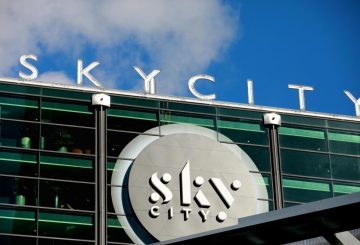친구들과 동료들은 주말에 루아페후 산에서 등반 사고로 비극적으로 사망한 한 여성을 애도하고 있습니다.웬즈데이 데이비스 (Wedday Davis) 라는 여성은 오클랜드 대학교의 해양 생태학 기술자였습니다.그녀는 또한 해양 과학 분야에서 이학 석사학위를 취득했습니다.
데이비스는 토요일에 루아페후 산을 등반하던 중 쓰러졌습니다.사고 당시 그녀는 친구들과 함께 등반을 하고 있었어요.데이비스는 1년 동안 생물과학부 기술팀에서 일했으며 해수 시설에서 일한 것으로 유명했습니다.그녀는 또한 대학 해양 과학 협회의 리더였으며 그 외에도 여러 가지 리더십 역할을 맡았습니다.
이 어려운 시기에 대학은 데이비스의 가족, 파트너, 친구, 동료들에게 애도를 표했습니다.오클랜드 대응팀의 페이스북 페이지에 올라온 한 게시물에는 그녀의 상실이 가슴 아픈 일이라고 묘사되어 있다.그들은 데이비스의 중요한 공헌, 헌신, 열정에 대해 칭찬을 아끼지 않았다.
오클랜드 대학교 해양 과학 협회도 페이스북 페이지를 통해 데이비스를 “내면과 외관이 모두 아름다운 사람”이라고 묘사하며 경의를 표했습니다.그들은 그녀가 사회의 심장부라고 말했고, 그녀를 잃은 슬픔은 그들 모두에게 큰 슬픔을 안겨주었습니다.
사고는 토요일 오전 11시경 루아페후 산 동쪽에서 발생했습니다.데이비스는 상당한 거리에서 미끄러져 넘어져 심각한 부상을 입었습니다.응급 구조대의 즉각적인 대응에도 불구하고 데이비스는 안타깝게도 현장에서 사망했습니다.
셰인 맥널리 상사는 이번 사건을 비극적이라고 설명하면서 고산 환경을 이해하고 이에 대비하는 것이 중요하다고 강조했습니다.2000m 상공의 루아페후 산 동쪽 경사면에서는 화요일 아침까지 임시 금지령인 라후이 (Rāhui) 조치가 내려졌다.




























































